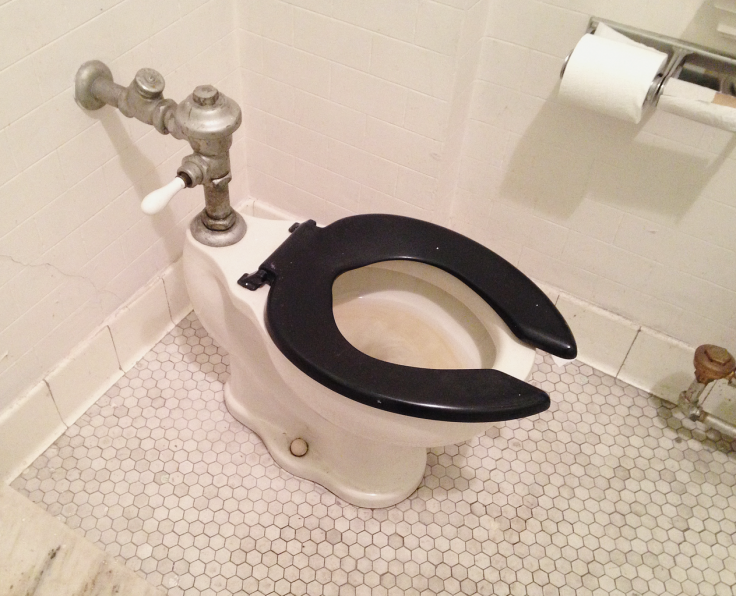After studies hinted local aerosolization of coronavirus and that they are found in stools, there have been thinking of redesigning redesign toilets. The public restroom design in the United States has foot-revealing stalls lacking privacy and also cleanliness; these may seem inadequate once they are open for public use as dangers of coronavirus infection looms, reports Fast Company
Most commercial bathrooms in the US don't have lids on toilets. This means that each flush there will be a toilet plume of droplets that get mixed with the surrounding air that registers on the surfaces in the surrounding of the toilet stall including the person standing. A study says aerosolization of bowl content leads to its breathing too. Other studies find this with respect to SARS-CoV-2 (novel coronavirus).

Stalls in America have open tops and bottoms. Research says that "plume" could travel six feet in all directions, even via the open top and bottom, possibly leading to a neighboring stall. Knowing that novel coronavirus causing COVID-19 is also found in human feces, for up to 33 days even after infected people recover and test negative for the virus, according to this study. The plume would have sprayed the virus particles all over the body. Then, handwash will not kill the virus.
Possible fix?

Some fixes include adding lids to public toilets; automatic/touchless flushing and handwash. Also closing stalls/urinals if found tightly packed. Erin Lilly, Kohler's design manager told Fast Company that they would go for materials repelling dirt allowing easy cleaning that can also withstand strong cleaning agents. They would also look into products that have to do with "minimal to no human touch."
James Walsh, American Standard's VP of product management, said that his company saw "huge uptick in requests for touchless technologies," especially from schools in order to update bathrooms before reopening. He said that people don't even touch the manual flushing valve as they "kick-flush using their foot,". Walsh claims that rethinking the toilet seat altogether would be needed along with sensor-activated seats that go up and down.
American Standard is interested in looking at deep sinks having steep-sloped basin walls. However, in the longer run, experts recommend public restrooms to be elevated in the US. American Restroom Association has long advocated single person, gender-neutral restrooms; the coronavirus pandemic supports their view too. This means closed restrooms and toilet plumes don't glide over to a neighboring stall.
S-shaped, self-cleaning toilets
Considering coronavirus surviving on hard, smooth surfaces like metals for almost three days, Steven Soifer, president, and co-founder of the Association points in installing self-cleaning public bathrooms that spray disinfectant, while washing the floors after every use. Though expensive, he warns that it should be implemented well and not like a failure as seen before.
Kathryn Anthony, a professor of architecture at the University of Illinois at Urbana-Champaign and a board member of the Association says, as people hesitate to touch door handles, she suggests adopting 'S' shaped restrooms without entrance doors, instead of using a winding shape keeping the stalls from view.
While there's much to be improved in America's restrooms, there are some factors to be reassured about—at least according to Andrew Dent, EVP of material research at Material Connexion (which researches and advises design companies on the best materials for products).
Dent points out that bathrooms, unlike stores, offices, waiting rooms, or lounges, are designed for regular, harsh disinfection and are cleaned on a regular basis even outside of pandemics. Suggestions have been pitched for natural antimicrobial materials like silver and copper for the post-COVID-19 world.









